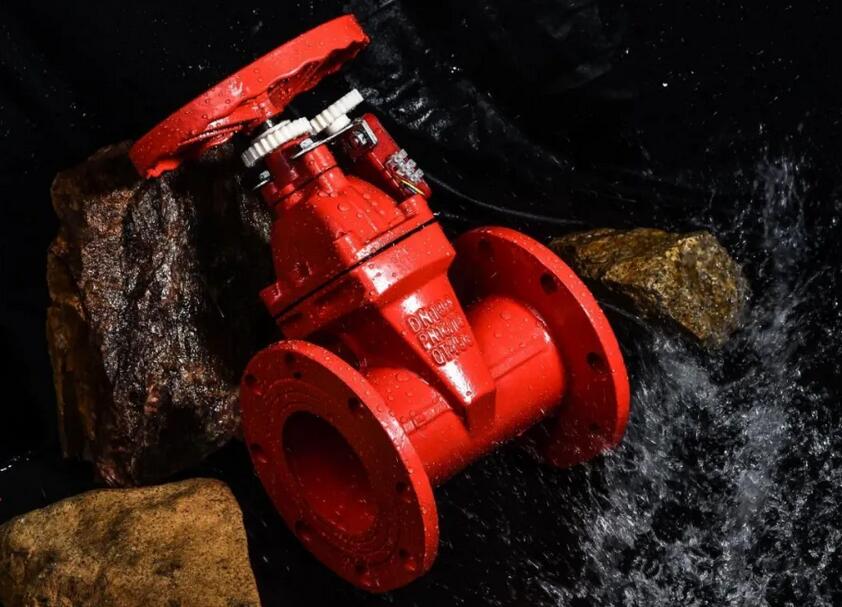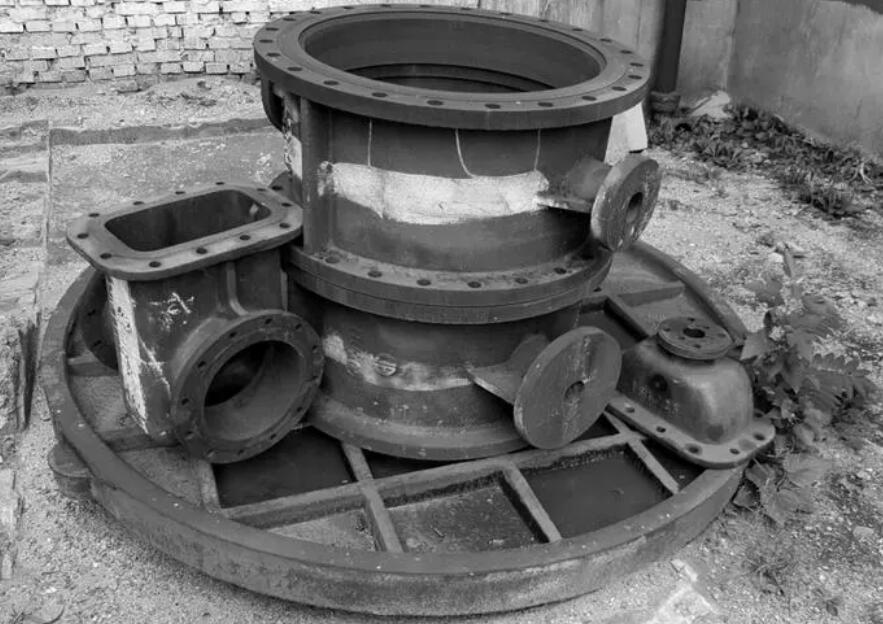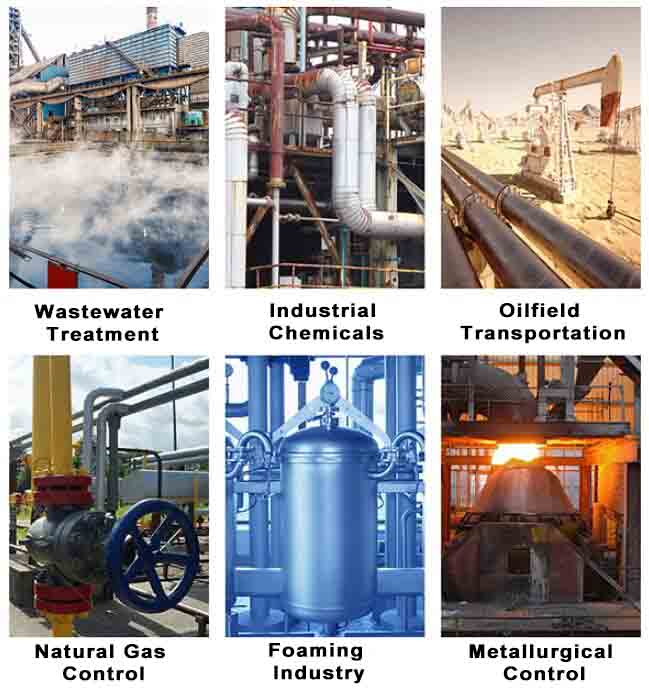MỘT van cổng is a crucial component in various industries, đảm bảo dòng chất lỏng trôi chảy và được kiểm soát. Nó được thiết kế để đóng mở bằng cổng hoặc đĩa hình nêm, allowing operators to regulate the flow of liquids or gases. This versatile valve has been in use for centuries and has evolved significantly from its humble beginnings as simple wooden gates to the sophisticated metal valves used today.

Definition of a gate valve
A gate valve is a type of valve that controls fluid flow by utilizing a gate or wedge-shaped disk. The opening and closing of this gate determine the rate at which fluids pass through the system. Khi mở hoàn toàn, it allows for maximum flow capacity, while closing it restricts or stops the flow entirely. The design of a gate valve ensures tight sealing, minimizing leakage when closed and providing efficient control over fluid movement.
Gate valves are commonly used in applications where a full flow capacity is required. They are particularly suitable for systems that demand low giảm áp suất, as they allow fluids to pass through with minimal resistance. Ngoài ra, their bi-directional flow capability makes them highly versatile in various industrial settings.
Evolution of gate valves over time

Gate valves have come a long way since their early origins. In ancient times, wooden gates were used to control water flow in irrigation systems and aqueducts. These rudimentary gates were operated manually by physically lifting or lowering them into position.
As technology advanced, so did the design and materials used in gate valves. During the Industrial Revolution, metal valves became more prevalent due to their durability and reliability. Cast iron was commonly utilized for constructing the body of these valves, while brass was often employed for the stem and other internal components.
In more recent years, advancements in engineering and manufacturing techniques have led to further improvements in gate valve design. Modern gate valves are typically made from high-quality metals such as stainless steel or carbon steel, ensuring longevity even under harsh operating conditions. The use of advanced sealing materials and coatings has enhanced their corrosion resistance, expanding their applications in various industries.
Hơn nữa, the integration of smart technology has revolutionized gate valve functionality. Remote monitoring and control systems allow operators to monitor valve performance, detect potential issues, and adjust settings from a centralized location. This not only improves efficiency but also reduces the need for manual intervention, enhancing safety and reducing maintenance costs.
Applications of Gate Valves

Gate valves are widely used in various industries and applications due to their ability to control the flow of fluids effectively. One of the primary applications of gate valves is in water supply systems. These valves play a crucial role in regulating the flow of water, ensuring a steady and controlled supply to residential, commercial, and industrial areas.
In water supply systems, gate valves are typically installed at key points such as reservoirs, pumping stations, and distribution pipelines. They enable operators to open or close the valve fully, allowing for maximum flow capacity when needed. This feature is particularly important during emergencies or high-demand situations where a large volume of water needs to be transported quickly.
Another significant application of gate valves is in oil and gas pipelines. These pipelines transport crude oil, khí tự nhiên, and other petroleum products over long distances. Gate valves are essential components in these pipelines as they provide reliable shut-off capabilities when maintenance or repairs are required.
Gate valves in oil and gas pipelines need to withstand high pressures and temperatures while maintaining tight sealing. The wedge-shaped disk design of gate valves allows for a secure closure, preventing any leakage that could potentially cause environmental damage or safety hazards. Ngoài ra, gate valves offer low pressure drop, minimizing energy loss during fluid transportation through the pipeline.
Chemical and petrochemical plants also heavily rely on gate valves for their operations. These facilities handle corrosive chemicals and volatile substances that require precise control over fluid flow. Gate valves with improved corrosion resistance properties are often utilized in these environments to ensure longevity and prevent any potential leaks or contamination.
Hơn nữa, power generation plants utilize gate valves for controlling the flow of steam or cooling water within their systems. Gate valves play a critical role in regulating the flow rate through turbines, condensers, boilers, and other equipment involved in power generation processes.
Gate valves have proven themselves to be reliable components in power plants due to their ability to handle high-pressure conditions while maintaining tight sealing properties. This ensures efficient operation and prevents any potential damage to the equipment or disruptions in power generation.
Looking towards the future, gate valves are expected to find increasing use in renewable energy projects. As the world shifts towards cleaner and more sustainable energy sources, gate valves will be essential for controlling fluid flow in solar thermal power plants, geothermal systems, and hydroelectric facilities.
Hơn thế nữa, advancements in technology are paving the way for the integration of smart features into gate valves. Remote monitoring and control capabilities enable operators to efficiently manage valve operations from a central location. This not only enhances operational efficiency but also allows for proactive maintenance and troubleshooting, reducing downtime and improving overall system performance.
Các Farpro Yuanda Group is actively working on developing gate valves with improved corrosion resistance properties. These innovative valves will be crucial in industries where corrosive substances are present, such as chemical plants or offshore oil platforms.
Cuối cùng, emerging industries like desalination are also expected to benefit from the application of gate valves. Desalination plants require precise control over fluid flow during the process of converting seawater into freshwater. Gate valves provide the necessary functionality to regulate flow rates and ensure optimal operation of desalination systems.
Future Trends and Innovations
The future of gate valves is promising, with several trends and innovations on the horizon that will further enhance their functionality and performance. One notable trend is the increasing use of gate valves in renewable energy projects. As the world shifts towards cleaner and more sustainable sources of energy, gate valves are being utilized in solar power plants, wind farms, and hydroelectric facilities. These valves play a crucial role in controlling the flow of water, hơi nước, or other fluids within these systems, ensuring efficient operation and optimal energy generation.
Another exciting development is the integration of smart technology for remote monitoring and control of gate valves. With advancements in Internet of Things (IoT) technology, gate valves can now be equipped with sensors and connected to a network for real-time data collection and analysis. This enables engineers and technicians to remotely monitor valve performance, detect any anomalies or malfunctions, and make timely adjustments or repairs. The implementation of smart technology not only improves operational efficiency but also reduces maintenance costs and minimizes downtime.
Innovations in material science are also driving the future of gate valve design. Farpro Yuanda Group, a leading manufacturer in the industry, is actively working on developing gate valves with improved corrosion resistance. Corrosion is a common issue faced by valves operating in harsh environments such as chemical plants or offshore oil rigs. By utilizing advanced materials and coatings, these new gate valves will offer enhanced durability and longevity, ensuring reliable performance even in corrosive conditions.
Hơn nữa, gate valves are finding application in emerging industries such as desalination. As freshwater scarcity becomes an increasingly pressing global issue, desalination plants are being constructed to convert seawater into potable water. Gate valves play a critical role in regulating the flow of seawater through various stages of the desalination process. Their ability to provide tight sealing and bi-directional flow control makes them well-suited for this demanding application.
Tóm lại là, the future holds exciting possibilities for gate valves. The increasing use of gate valves in renewable energy projects, the integration of smart technology for remote monitoring and control, the development of corrosion-resistant valves, and their application in emerging industries such as desalination are all driving the evolution of this essential valve type. As engineers and technicians continue to push the boundaries of innovation, gate valves will play a crucial role in ensuring efficient fluid control across various industries. With their full flow capacity, low pressure drop, tight sealing, and bi-directional flow capabilities, gate valves will remain a vital component in fluid control systems for years to come.
